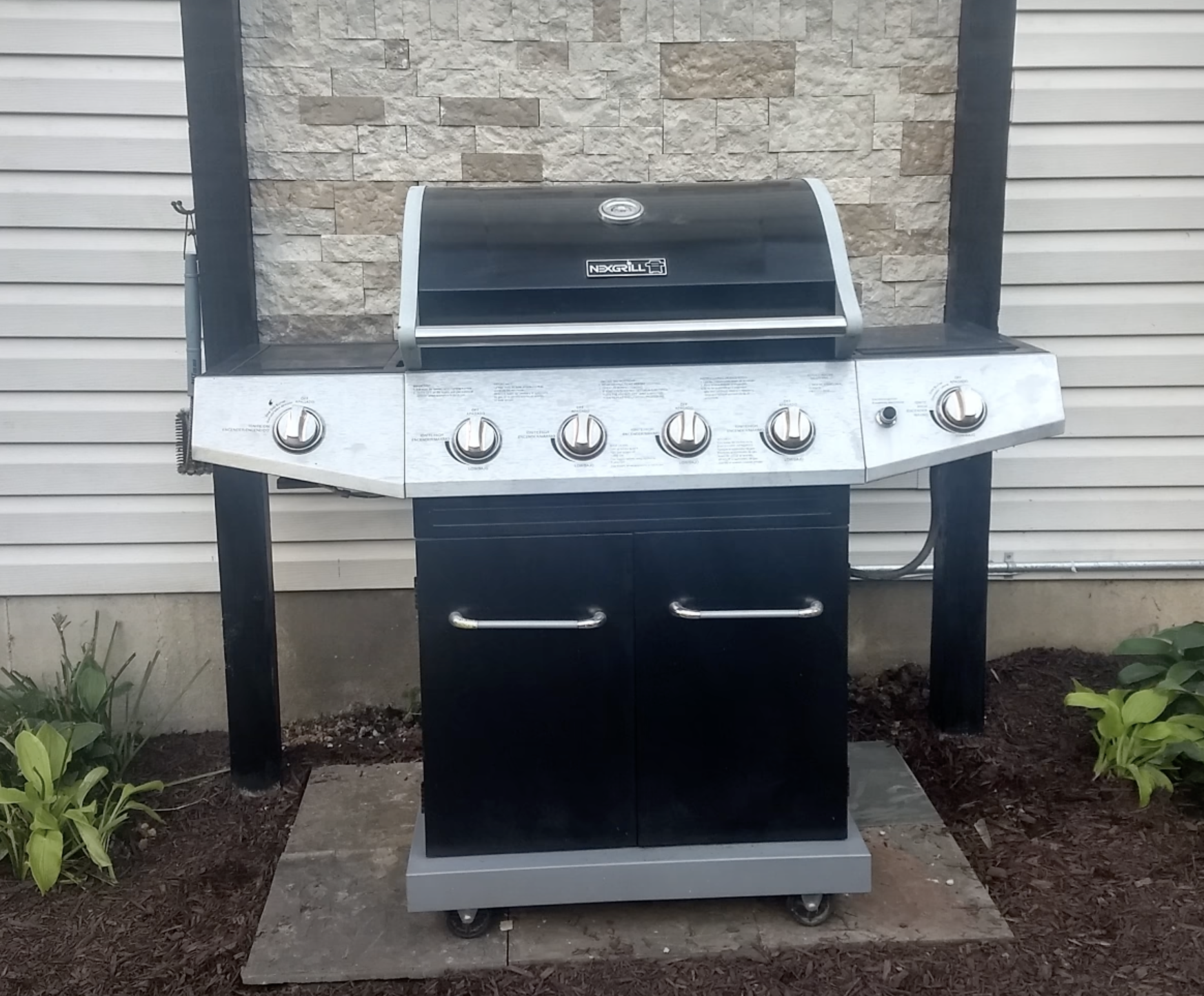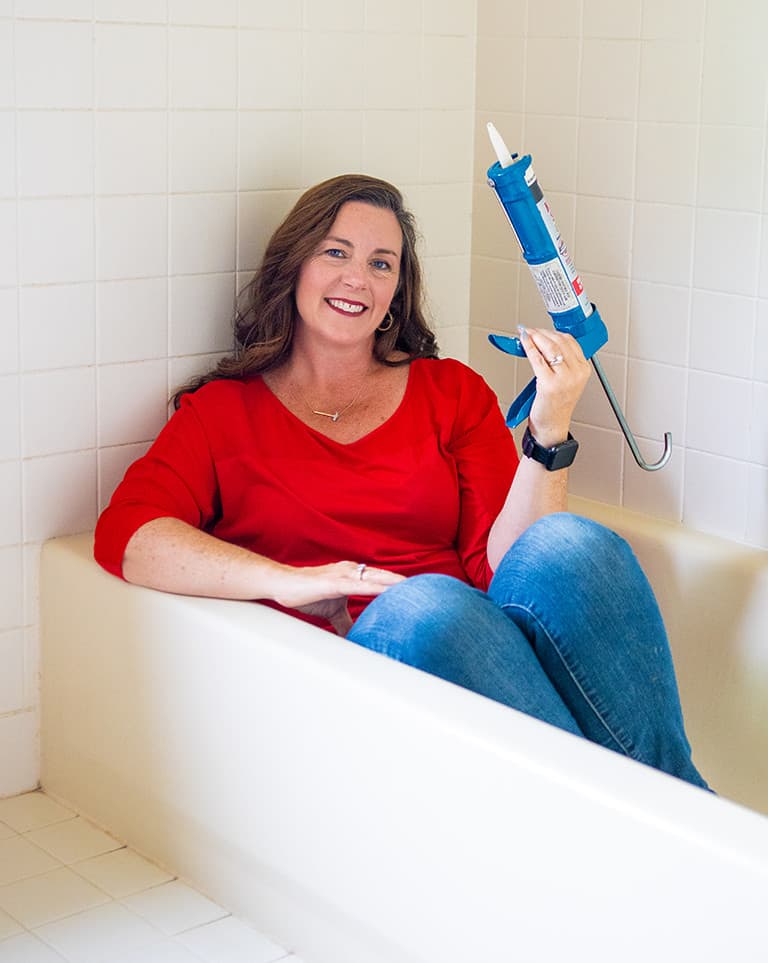6 Steps for Spotless Marble & Granite Countertop Care
HIP Chicks is happy to welcome a new guest blogger, Ryan Burden. We have some fabulous granite and marble care tips just for you, from the pros at CounterTopSpecialty.com. Enjoy our collaborative education of you Chicks!
By Ryan Burden, CountertopSpecialty.com
You so love your new granite countertops, and the marble vanity top is just gorgeous. Now you’re living the life of luxury! But you’re a bit worried about proper marble and granite countertop care and ruining your expensive investment. Follow the steps outlined below and you’ll be a granite and marble cleaning expert enjoying carefree maintenance and showing off your beautiful countertops for years to come.
1. Know You Don’t Know the Whole Marble & Granite Countertop Care Story
Simply recognizing that you may not have complete or correct information about how to clean marble and granite is the most important step. Without proper knowledge problems are inevitable. There’s nothing complex about cleaning marble and granite, but you’ll run into plenty of conflicting or confusing advice. It pays to dig up the details to avoid damage and the shock and panic too many homeowners experience when they don’t learn enough. General guidelines are a good start but don’t stop there. The problem with the general advice is that it is too general and can be plain wrong in many cases… not just a few extremes. Characteristics such as porosity of natural stone vary widely even within the same stone family. Also, the type of surface finish (honed, polished) can affect choices for protection, cleaning and repair. So, get to know the qualities of your specific granite or marble countertop and learn how to maintain the stone based on those characteristics. Don’t expect that “general” granite countertop care guidelines will always apply in your case.
2. Apply Marble & Granite Sealers Only When Needed
The most misleading myth and generality about marble & granite countertop care is “marble & granite must be sealed”. While this is true in many cases, very often it is completely false leading to trouble.
- Applying a sealer when unnecessary often results in a problematic, hazy residue stuck on the surface.
- Honed marble and travertine tile often need sealing, but polished marble and travertine are virtually stain-proof. Typically no sealer required.
- Absorbency of granite varieties vary widely. Some need a granite sealer, but many colors are very dense, do not need and should not have a sealer applied.
- The rule here is to apply a sealer only when an absorbency test shows it is necessary and possible.
3. Learn About Stains vs. Etch Marks
Stains give homeowners the most worry as many mistakenly believe stains are permanent. Not true. Most stains can be removed. Sealing is beneficial to prevent stains and eliminate the chore of removing them. But it’s the other stain called “etching” that really creates a mess of confusion. Etching primarily affects marble, travertine, limestone, onyx and sometimes slate. These stones do etch very easily. The resulting dull spots, water spots, and glass rings are mistaken for “stains” leading to the false perception that marble “stains” easily. The truth is that staining and etching are unrelated issues with different solutions although they can occur in the same location.
Stain
A dark spot where a substance has absorbed into the pores of the stone.
A poultice will remove stains, although the specific ingredients depend on the type of stain.
Etch mark
A light and dull spot where an acidic substance has corroded or chemically burned the marble. Most common cleaning products and foods and drinks like juice, soda, coffee, ketchup and salad dressing will etch marble.
Etch marks can be repaired using a special marble polishing product on polished marble or by sanding on a honed surface. Unfortunately, it can become a regular chore on a marble kitchen countertop since sealing won’t stop etching.
4. Don’t Use Generic or Common Household Products
It’s tempting to use low-cost, commonly available cleaners around the home. Eager DIYers have many recipes to make effective solutions for a variety of cleaning projects. However, the ingredients of most homemade solutions are too acidic or caustic and will damage stone and degrade sealers. This is true of most recognized “brand-name” cleaners, as well. They just aren’t made for the specific requirements of cleaning granite, marble or any natural stone. Avoid these acidic, caustic or abrasive cleaners:
- Vinegar, ammonia or bleach
- Bath tile & grout cleaners or Comet
- Orange, lemon, citrus or glass cleaners
- Hydrogen peroxide or disinfectants
Soap is a common recommendation, but it’s best to avoid it as a regular cleaner. Most, but not all soaps are safe for stone. However, all soaps will form a surface film over time leaving your stone looking dull and dingy. Instead, use plain hot water for quick clean-ups and wipe-downs and then use a stone-specific cleaner after initial clean up or at the end of the day.
5. Do Use a Top-Quality Marble & Granite Cleaner
Most damage and etching to natural stone occur when failing to use cleaners and products made specifically for stone. Using a quality granite & marble cleaner eliminates accidents that happen when experimenting with generic chemical concoctions or your favorite brand-name cleaner. After all, you have different cleaners for the oven, windows, wood, carpet, etc. You need one made specifically for safe and effective use on natural stone. Find one you like and stick to it. I highly recommend professional-grade cleaners. Common stone cleaners sold in box stores tend to be poor performers. A top-quality granite & marble cleaner will:
- Condition the stone while cleaning it
- Extend the life of sealers by minimizing degradation of the sealer
- Be pH neutral (non-acidic) and safe for all stone
- Leave a streak-free super-shiny surface
- Clean glass, mirrors, and appliances too Quality stone care products are more expensive, but they last longer and are far superior for maintaining the beauty and integrity of your expensive granite countertops.
6. Avoid Damage with Good Habits
- Don’t store liquids on granite and marble countertops to avoid stains or etch marks from a leaky bottle that goes unnoticed.
- Use coasters, placemats, and trivets particularly on marble to avoid scratches and etch marks. Granite can take heat very well, but “thermal shock” (cracking from rapid temperature change) is possible with any material.
- Wipe up all spills quickly to avoid staining and minimize etching on marble, travertine and other calcium-based stones.
- Use non-abrasive nylon scrub brushes and pads or soft cloths. Granite is immune to scratching, but abrasive materials could mar the finish of other materials.
- Don’t sit or stand on marble or granite countertops. Natural stone is rigid and could crack under too much weight or force in any one spot. Now you have a handle on the essential marble & granite countertop care concepts.
Follow these steps and you’ll practically eliminate any chance of damage while easily maintaining your natural stone in pristine condition.
Ryan Burden publishes the consumer-resource website CountertopSpecialty.com providing information, ideas, and product advice for marble & granite countertops.









